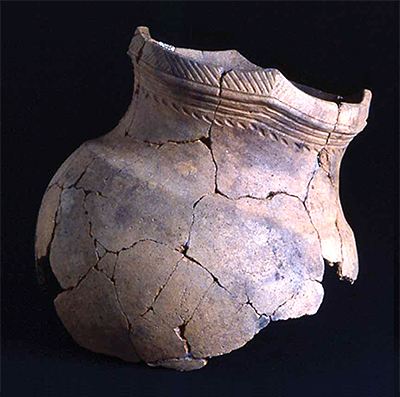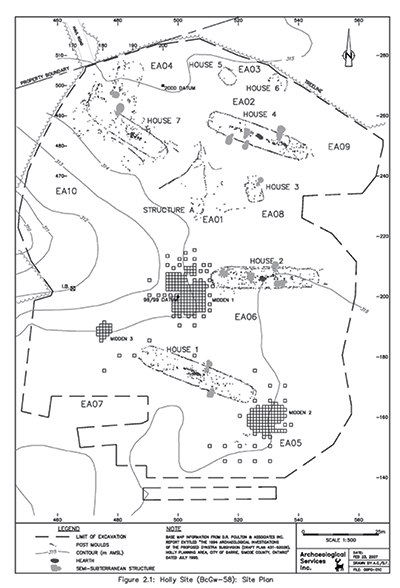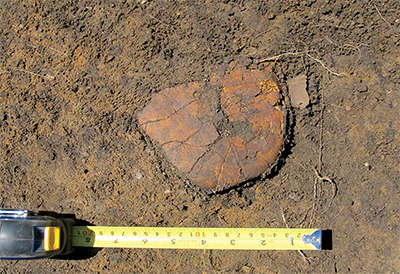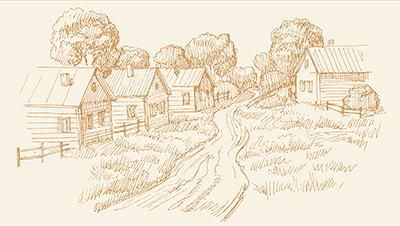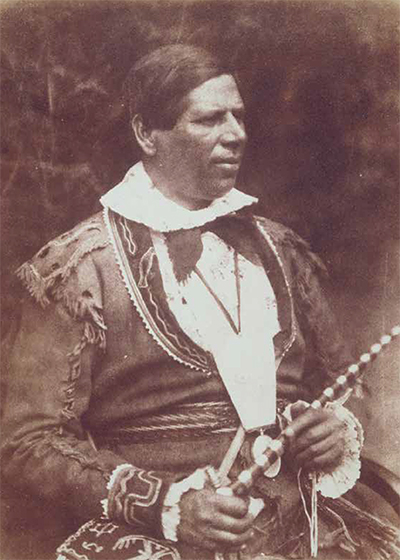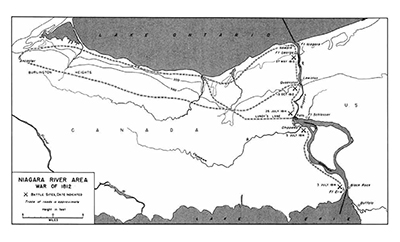Limehouse Conservation Area is located on the Niagara Escarpment near Limehouse, Ontario and is owned and operated by Credit Valley Conservation. It is within the watershed of the Credit River,
being bisected by its tributary, the Black Creek.
It is a site with megatilitc stones and very little information about who built it when who were the original owners.
The Powder House
You’ll come across the powder house just off the Bruce Trail. This powder house displays the date of 1850. It stored the blasting powder that was used to break up pieces of limestone. The powder house hasn’t been used since the early 1900s when blasting using these methods came to a halt.It is possible that the place have been uses for other purposes that the initial scope of the building and the initial scope to have been seed storage ?
Next to the pretty old bridge are some more stones from an old mill. These are the mill ruins and all that remains from the old mill. As you continue to walk on the trail, you’ll quickly come across a large old lime kiln.
Limehouse Conservation Area
12169 5th Line, Limehouse, ON L0P 1H0
Limehouse is a community in the Town of Halton Hills in southern Ontario, Canada. it has a population of about 800 people and its closest neighbours are Georgetown and Acton. Limehouse has many hills, trails and even a small school.
This is the main attraction for the small community of Limehouse. The Bruce Trail is a hiking trail in Ontario that runs from Queenston on the Niagara River, to Tobermory on the Bruce Peninsula in Lake Huron. The over 800 km (500 mi) long trail follows the course of the Niagara Escarpment, often along its edge. Many parts of the trail go unused, although the Limehouse entrance sees a lot of tourism.
The Bruce trail contains the very reason Limehouse is a place on the map today: the kilns. Best accessed through the Limehouse Conservation Area the lime kilns can be found throughout the Limehouse section of the Bruce Trail. The kilns are slowly deteriorating because of age. However, the largest of them, a draw kiln, is currently being restored. A train station used to exist near the entrance of the Bruce Trail, and the earthen siding can be seen on the south side of the tracks, just east of the one lane car bridge that spans the rail road tracks. The rail bed for the former Toronto Suburban Railway can be seen about a kilometre west of the bridge on 22nd Side Road where it used to cross the road. The rail bed runs behind the gun club and east where it crossed 5th Line and the wood pilings can be seen in what used to be the head pond in what is now the Credit Valley Conservation Limehouse Park. The head pond is just some north of the Hole in the Wall feature of the Bruce Trail. On satellite maps of the area, you can if you look closely, trace the track-bed of the radial railway all the way back to Georgetown.
There are also caves and seemingly never-ending crevices along the Bruce Trail. There are bridges and ladders leading throughout some parts of the trail, and there are designated biking sections of it as well. The area is not policed, so these areas should be explored at one's own risk.
Links
https://ontariohiking.com/limehouse-conservation-area/
https://www.sarahsellshouses.ca/limehouse
https://en.wikipedia.org/wiki/Limehouse_Conservation_Area
https://cvc.ca/enjoy-the-outdoors/conservation-areas/limehouse-conservation-area/
















